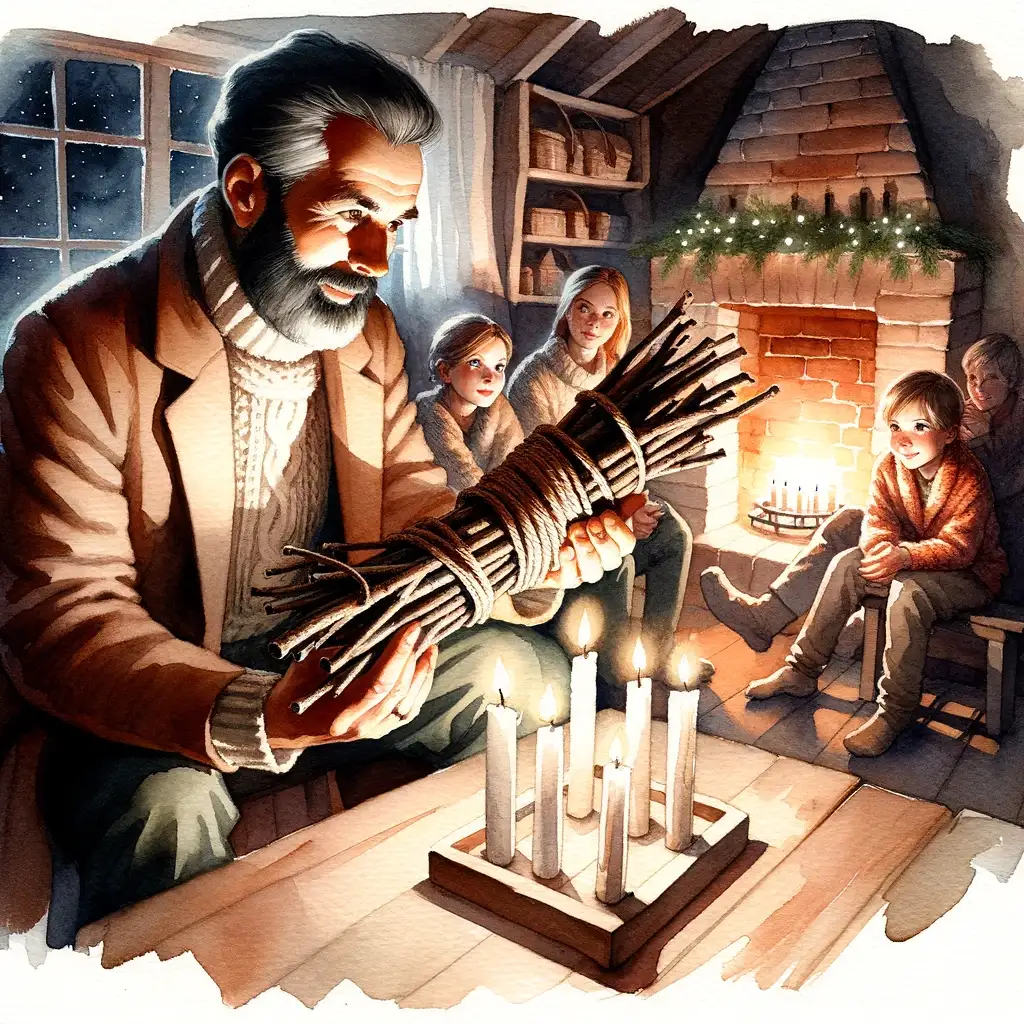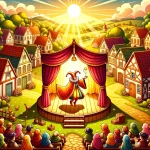
The Bundle of Sticks – An Aesop’s Fable
In a quaint suburban neighborhood, not too far from the bustling city, lived a father and his three sons: Tom, Jerry, and Tim. Each member of this modern family was a universe unto themselves. The father, a diligent investment banker, was a man of numbers and graphs. Tom, the eldest son, found solace in composing music. Jerry, the middle child, was an athlete, always on the move, while Tim, the youngest, was a budding scientist with a love for experiments.
Days turned into weeks, weeks into months, and the family found themselves more like roommates than a cohesive unit. The father, seeing the disconnection, felt a sadness he couldn’t ignore. He knew he had to act.
One evening, the father called for a family meeting. “I have an exercise for all of us,” he began, revealing a bundle of sticks tied tightly with a string.
“Your challenge is to break this bundle,” he said, placing it on the coffee table.
Each son took a turn, flexing muscles, and straining arms, yet the bundle remained intact. Their efforts were in vain.
“Now, watch closely,” said the father as he untied the bundle and handed each son a single stick. “Try breaking these.”
The sticks snapped effortlessly, one after the other, the sound echoing the shattering illusion of their strength.
“Here lies our lesson,” the father solemnly declared. “Individually, we are as breakable as these sticks, but together, as a unit, we are unbreakable.”
The room fell silent, each son digesting the profound lesson. It was as if a veil had been lifted, revealing the vulnerability of their individualism and the strength of their potential unity.
From that day forward, the family chose unity over division. They started spending time together, engaging in each other’s interests, and sharing their individual worlds. Their hearts, once islands, became part of a connected continent, unbreakable in their unity.
What principles and lessons can be learned from the above stories?
This modern rendition of “The Bundle of Sticks” serves as a powerful reminder of the strength that can only come from unity. In a world where we are increasingly isolated by our individual interests and pursuits, the story highlights the irreplaceable strength that is born when we stand together.
The fable’s lesson is universally applicable. Whether it’s in the context of a family, a community, or even on a global scale, unity provides a fortitude that individualism cannot. It reminds us that in the face of challenges, be they personal, communal, or global, collective strength is our greatest asset.


